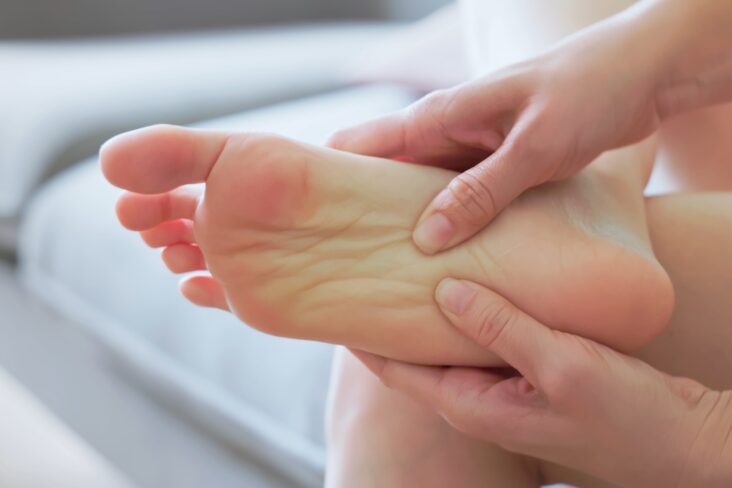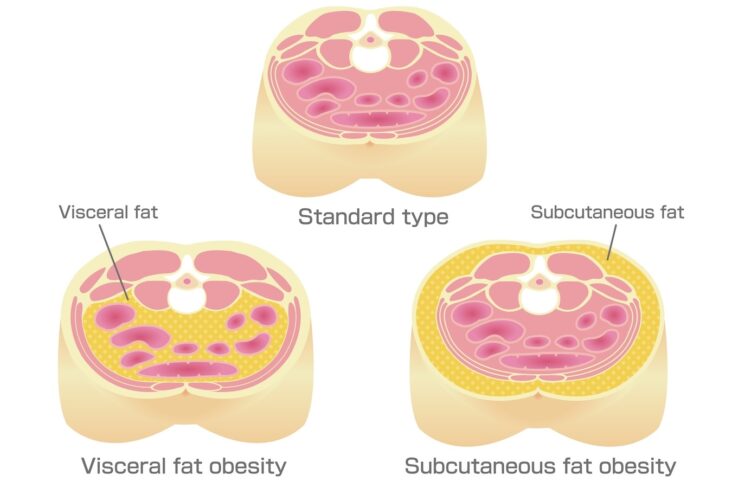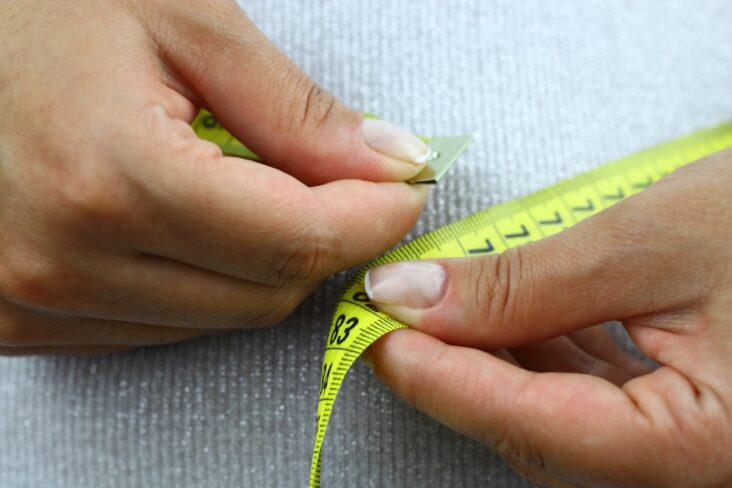
Why I Eat a Cooked Breakfast to Lower My Visceral Fat
When most people think of a cooked breakfast, they picture something indulgent — bacon, eggs, toast, maybe pancakes or juice. But my version of a cooked breakfast is carefully designed to help reduce visceral fat (VAT), improve satiety, and support stable energy levels throughout the morning. Here's how I do it — and why it works.



